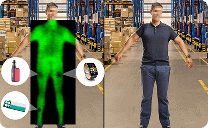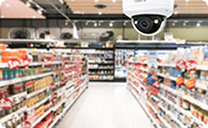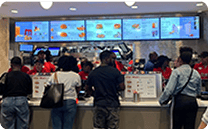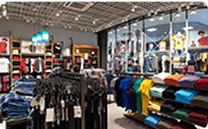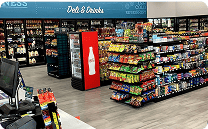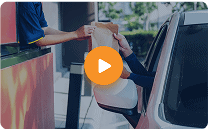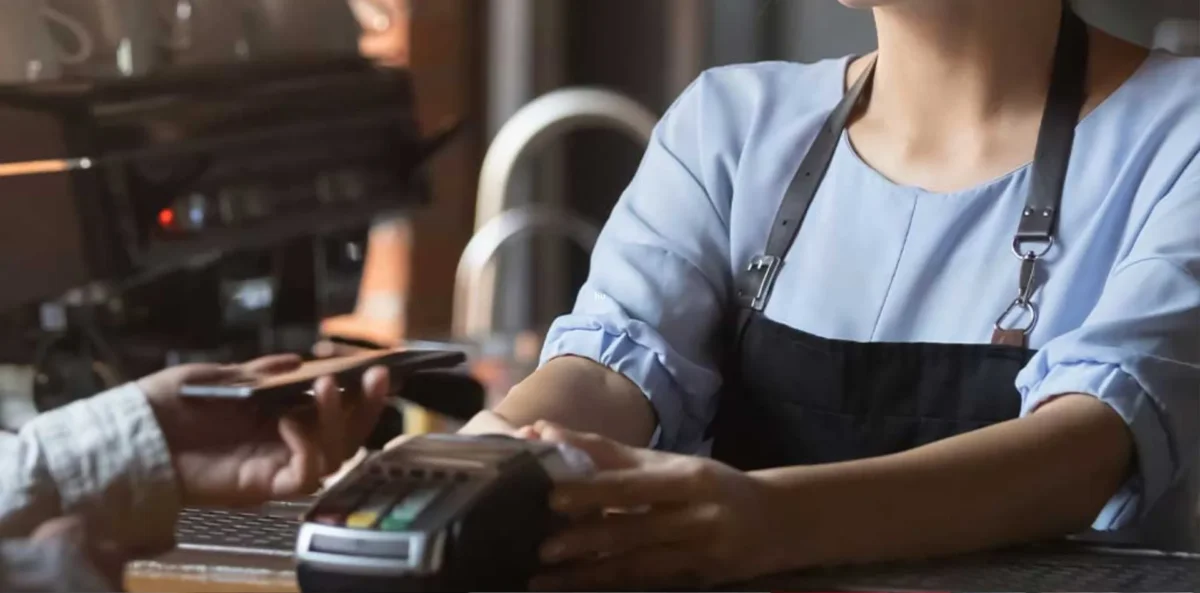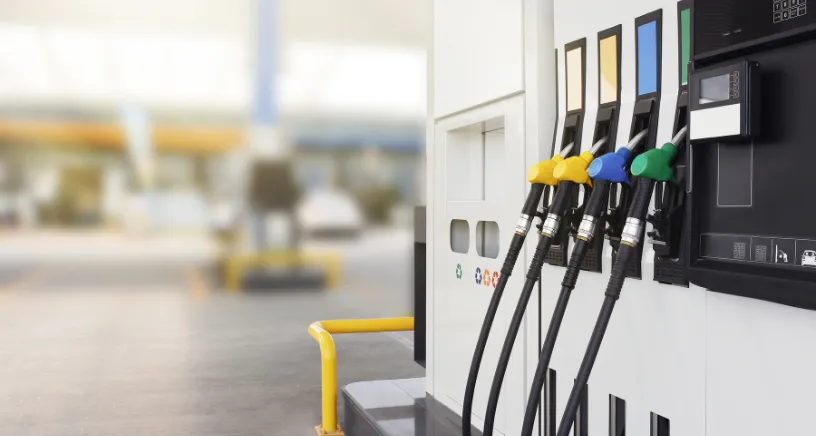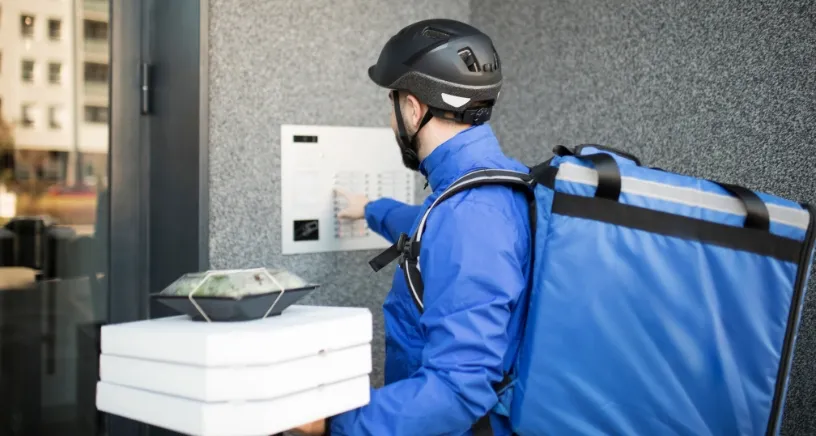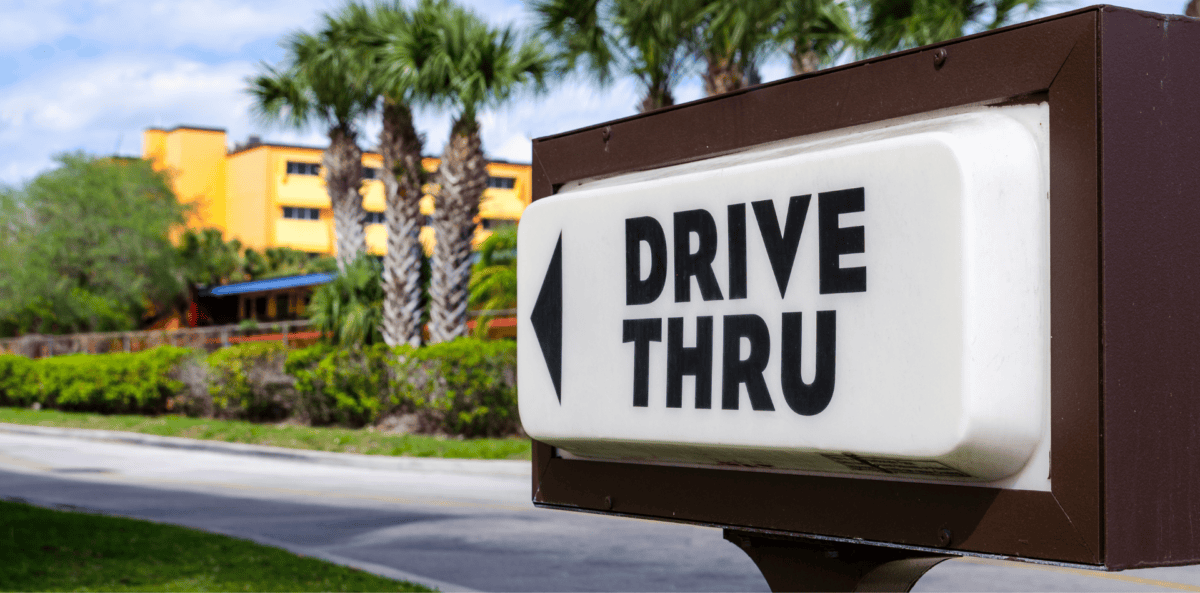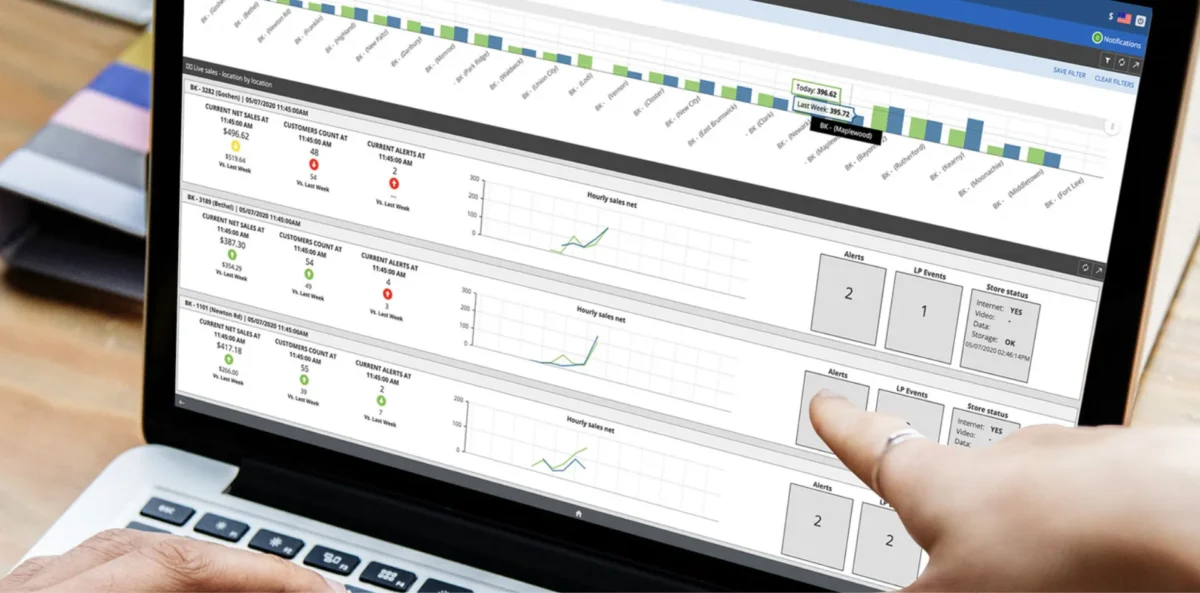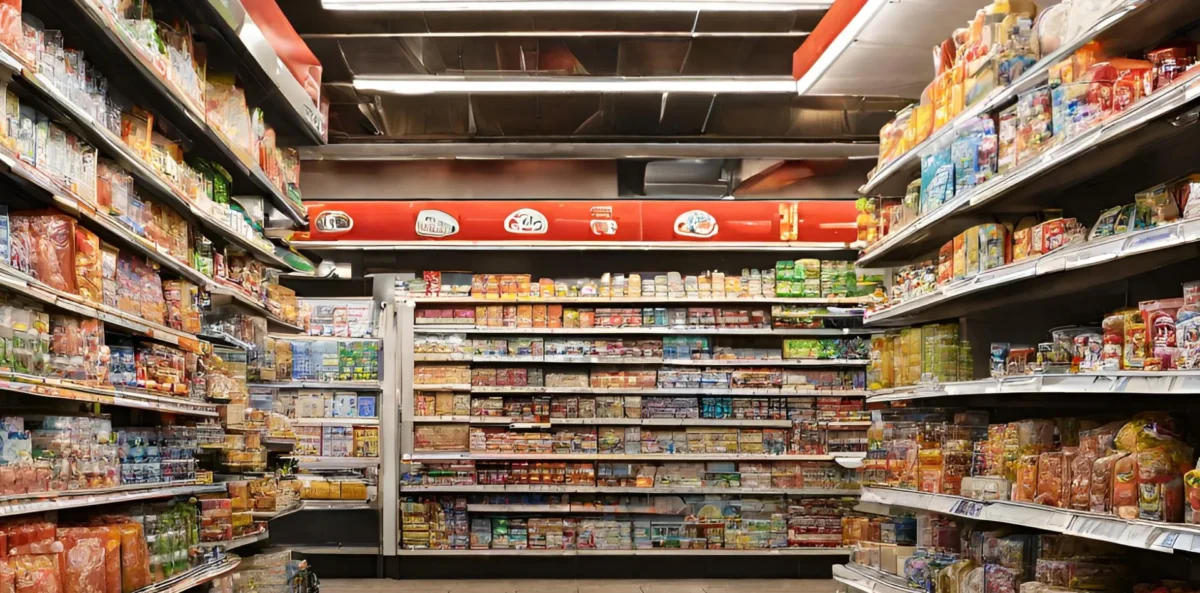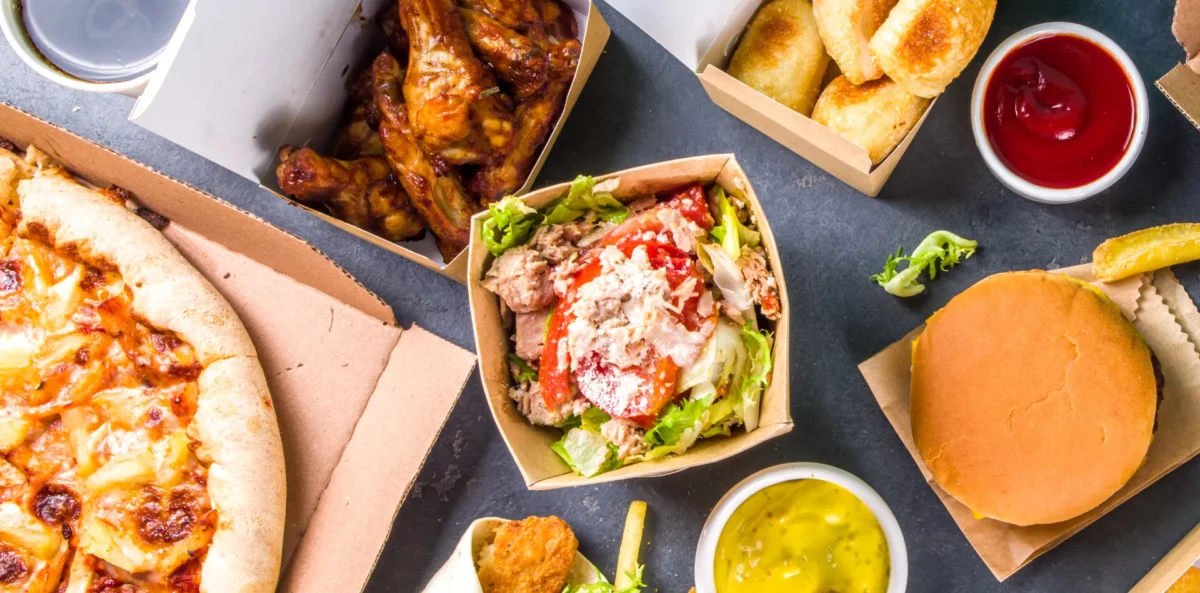They say cash is king, but some would argue convenience is the true royal. People are willing to pay more for convenience — which is why convenience stores continue to thrive from coast to coast.
And as the convenience store market booms, you want to make the most of that demand. Which is why avoiding profit sinkholes is arguably one of the most important parts of managing your convenience store empire.
Let’s review some of the biggest convenience store profit sinkholes, according to the DTiQ team, and their advice for turning it around.
Is The C-Store Space Profitable?
Yes! Convenience stores continue to be profitable, and the market is only growing. As this space continues to grow, it becomes even more imperative to maximize profit, and minimize where you’re bleeding cash.
And the growth expected in the convenience store space is significant, according to the Convenience Stores Global Market Report 2023. The market sat at a whopping $928.87B in 2022 but is expected to grow past that to $1019.71B in 2023.
And if that isn’t impressive enough, the convenience store market Is going to reach an estimated $1434.72B by 2027. That’s a lot of growth that c-store owners want to be a part of.
But the short of this all? The market is growing — and with that, your profitability should be as well.
What Makes the Convenience Store Profitable?
When you factor in the growth of the industry with a well-managed location, a convenience store can thrive. This isn’t to say it’s easy by any means — but with the work, it’s possible.
Several factors contribute to the potential profitability of a convenience store.
Firstly, the convenience store industry benefits from its focus on providing quick and convenient access to a variety of products. This appeals to busy consumers seeking immediate purchases of essential items, snacks, beverages, and ready-to-eat meals. The convenience factor allows stores to attract a steady flow of customers throughout the day, generating consistent sales revenue.
Secondly, convenience stores often have higher profit margins on certain products compared to larger retailers. They can capitalize on impulse purchases, charging slightly higher prices for the convenience they offer. Additionally, their smaller size and streamlined operations can result in lower overhead costs compared to larger retail establishments.
Furthermore, convenience stores can diversify their revenue streams by offering additional services such as fuel stations, ATMs, lottery tickets, and in-store services like bill payment and money transfers. These ancillary services can contribute to overall profitability by increasing foot traffic and generating additional income.
However, it is important to note that profitability in the convenience store industry is not guaranteed and can vary depending on several factors. Location plays a critical role, as stores situated in high-traffic areas or areas with limited competition tend to have better revenue potential. Effective inventory management, cost control measures, and efficient operational practices are also essential for maximizing profitability.
Ultimately, while convenience stores have the potential to be profitable, success in this industry requires careful planning, effective management, and a keen understanding of customer preferences and market dynamics.
5 Things Tanking Profit for C-Stores — And How to Fix Them
With so much profit to be had in the convenience store space, you want to ensure that everything that can cause shrinking profits (within your control) has been dealt with. With that, you can focus on that profit.
In managing a convenience store, there are several areas that generally have a higher risk of impacting profitability. So, let’s review the biggest things tanking profits for convenience store owners— and advice from the team on how to fix it.
1. Inventory Management
Poor inventory management can prove to be a costly affair when operating a convenience store — especially when you consider how much inventory comes in and out of a convenience store.
Inadequate tracking and control over inventory can lead to a myriad of challenges and financial consequences. Firstly, excess inventory can tie up valuable capital that could be invested in other areas of the business. Overstocked shelves can result in additional potential losses due to expired or spoiled items. Of course, overstocking is a fate you desperately need to avoid.
On the other hand, insufficient inventory is also a problem (it’s never easy, is it!). When you lack product, it results in frequent stockouts. Imagine showing up and expecting a convenient experience and finding a shelf empty — your customers are not only going to leave upset, but they’re going to walk to your nearest competitor. A lost sale is a loss in sales revenue in that moment, but a bad experience can cause you to lose a customer, which is potential ongoing revenue.
You need to find the perfect balance! Avoid ordering too much or too little.
But how do you do that?
The key is to implement effective inventory management practices. You can leverage technology that can help with inventory, showing you historical trends or helping you measure levels. convenience store owners can mitigate these risks, optimize their stock levels, and ultimately enhance their financial performance.
2. Employee Staffing
Poor staff scheduling can be a sinkhole for money in a normal retail store, let alone a store that has locations open around the clock. Being efficient with scheduling is critical to maintaining profit levels.
However, finding the perfect number of staff per shift is a very similar science to your inventory management — you don’t want too many staff, but you also don’t want to be understaffed.
When you understaff, your team will face shifts with adequate coverage to get done what they need to get done. This, in turn, leads to decreased customer loyalty when they receive a less-than-ideal experience and potential loss of business.
On the other hand, overstaffing can result in unnecessary labor expenses, eating into your profitability. Additionally, ineffective scheduling may contribute to increased employee turnover as workers become frustrated with irregular hours, unpredictable schedules, or excessive workloads.
So how do you get to this happy medium? You can:
- Communicate with your team! Ask managers or shift leads for the times things are busy and things are slow. You won’t get insights clearer than the people who are Use that to fuel the schedules you’re making.
- Leverage staffing software and sales information. Certain video surveillance programs can pull your sales data for each hour you’re open. Compare that to your staff scheduled at any given time. If you have the same number of staff scheduled for an hour that you’re making $1,500 dollars and an hour you’re making $275, you might want to review
- Publish your schedule well in advance. This gives your team plenty of time to review and plan their weeks accordingly— and hopefully minimize callouts you’re dealing with
“If you’re going to have to change the schedule and hours people are receiving, the key is to talk to your team and let them know what’s happening. There’s nothing more frustrating than getting hours cut and not understanding why. Keeping them in the loop will keep morale high — higher than it would be with no knowledge as to what’s going on!”
Glenn Brown, CSM at DTiQ
3. Theft and Shrink
It’s safe to assume that theft, especially of food products, is only going to increase as the cost of living skyrockets. And this means that theft and shrink will become a bigger profit-sinker for convenience store owners.
This is why having a convenience store loss prevention strategy is key to tackling theft and shrink, a huge sinkhole of profit.
Theft by customers or employees, as well as operational errors or administrative mistakes, can contribute to shrinkage. Implementing strong security measures, conducting regular inventory audits, and ensuring proper cash handling procedures can help minimize losses.
Luckily, you don’t need to plan a stakeout outside of your convenience stores to catch theft happening and minimize your losses. You can leverage intelligent video surveillance systems to help mitigate the appeal of theft and provide evidence in the cases where theft unfortunately takes place.
SEE HOW DTiQ CAN HELP
4. Product Pricing
People will pay for convenience — but only to a certain extent.
While people expect a convenience store to have a certain markup on their products (the cost of convenience!), you have to be realistic. Incorrect pricing strategies, including pricing items too high or engaging in excessive discounting, can be detrimental to your profits.
However, just like everything in running a convenience store, there’s no one answer to product pricing. Incorrect pricing strategies, including pricing items too high or engaging in excessive discounting, can impact sales and profitability.
Get creative! Try different pricing strategies and see what works. When you try out different strategies, you can see what pieces well together to optimize those sales and see your profit soar. Some pricing models you can try:
- Buy X, Get Y 50% Off Price a more expensive item at full price and pair it with an item that has a low net cost. That way, you’re moving stock of more expensive items and moving some of the less expensive stock without losing money on it. People love a deal
- Buy X, Get Y Free: This typically works with items people can buy in bulk. Think of sales that read like buy two bags of chips and get one free, buy two bottles of water and get two free. The limits are endless.
- Spend X Dollars, Get Y for Free: A minimum spend can be a great way to encourage people to up that average check, especially when they feel like they’re spending and getting a perk for it.
5. Product Placing
Believe it or not, just putting your products in the wrong place can ruin your profit margins.
Effective product placement and appealing visual merchandising can influence customer buying behavior. Poor placement or lack of attention to visual appeal may result in missed sales opportunities and reduced profitability.
Take an example where you have the hot summer cooler of the year at your store. It’s been flying off the shelves everywhere and has been dubbed the drink of the summer. You expect it to fly off your shelf as well, but instead, it stays untouched for days.
You know the issue isn’t the merchandise. The issue is likely that people can’t find it.
You switch up the location of the coolers, and within a day they’re all gone.
People need to know the product you have. Something has to be at the back, but be strategic where everything goes. Every sale counts towards your profits!
“It’s amazing how placement can make all the difference! I’ve worked in situations where we had product that wasn’t moving, which came as a shock. All it took was moving it into the right spot and we were sold out in just a few days.”
Katie, Manager of Content & Comms at DTiQ
It’s important to note that the impact of these areas can vary based on the specific circumstances of each convenience store. Understanding the unique challenges and continuously monitoring and adapting to market conditions are crucial for sustained profitability.
Remember, these are just some of the general areas that can potentially impact profit margins in a convenience store. The specific challenges faced by each store can vary, so it’s essential for owners to analyze their own operations and identify the areas where improvements can be made to optimize profitability.
DTiQ Helps You Avoid Profit Sinkholes
These risks are a part of the quick-service restaurant experience, but there are more ways now than ever to minimize — and almost entirely eliminate — them.
If you’re looking for another set of eyes to ensure that you aren’t tanking profit from areas of your convenience store, see how DTiQ can help. You can contact us or book a demo to see our technology in action — and learn more about the lost profit it can find for your convenience store.
